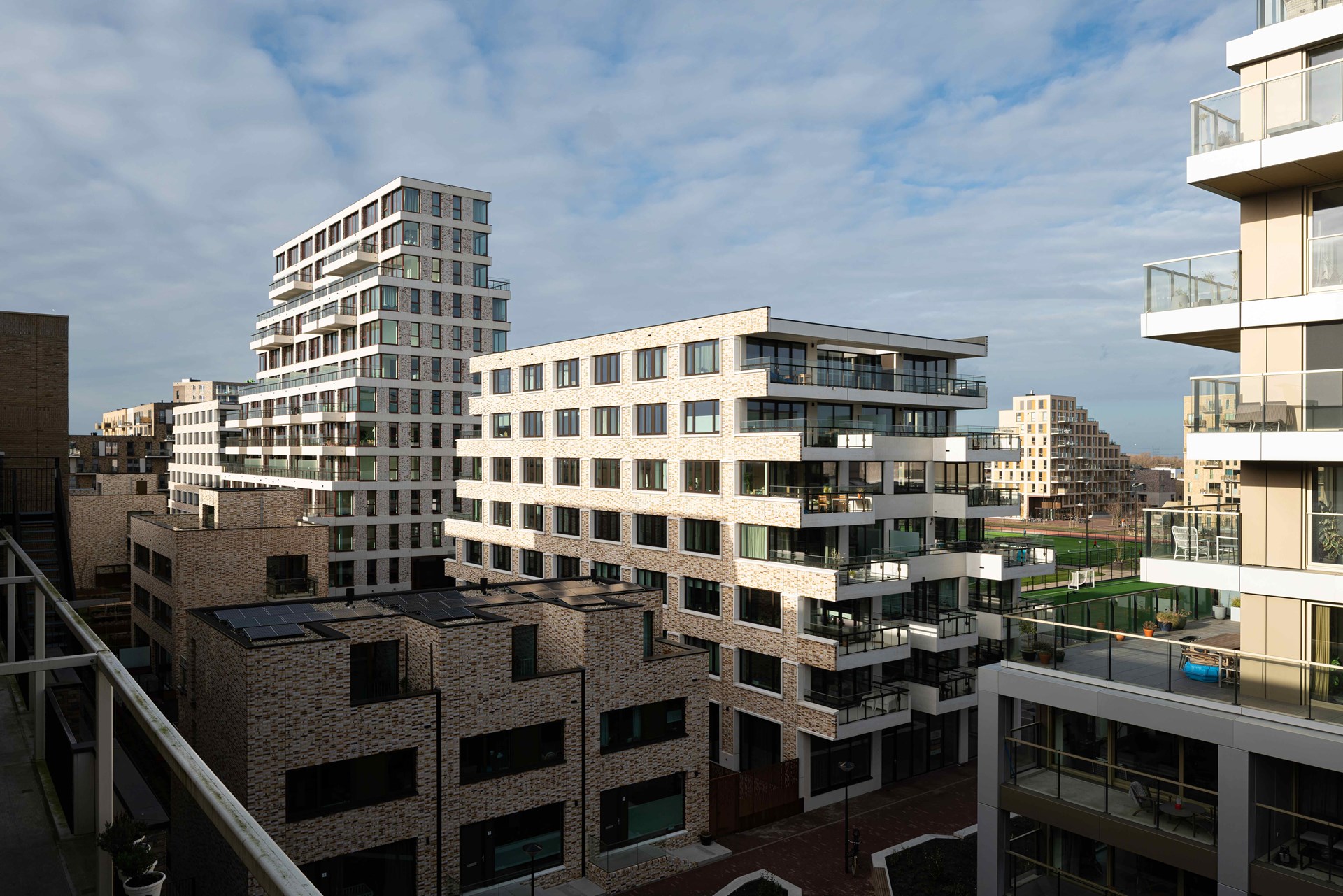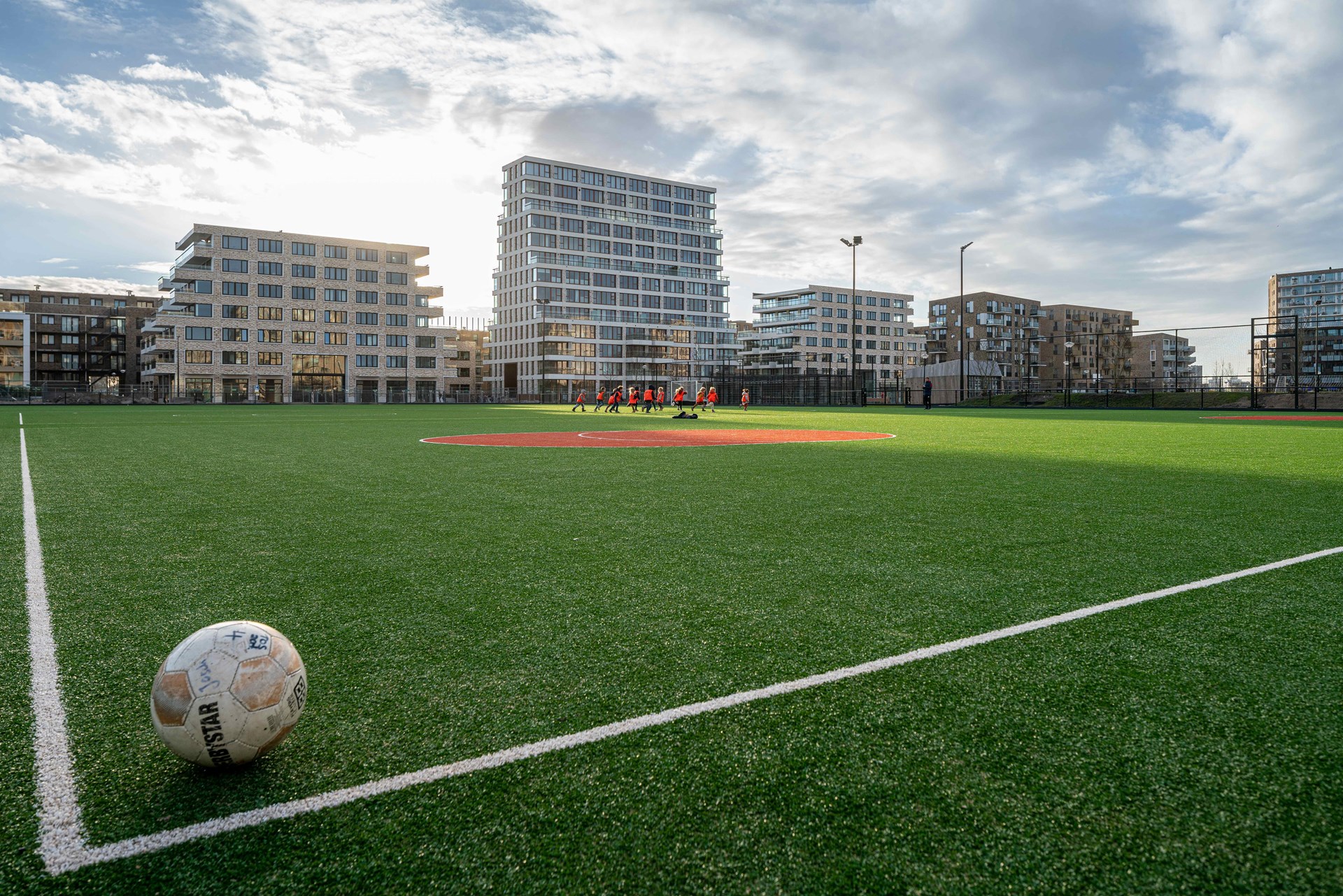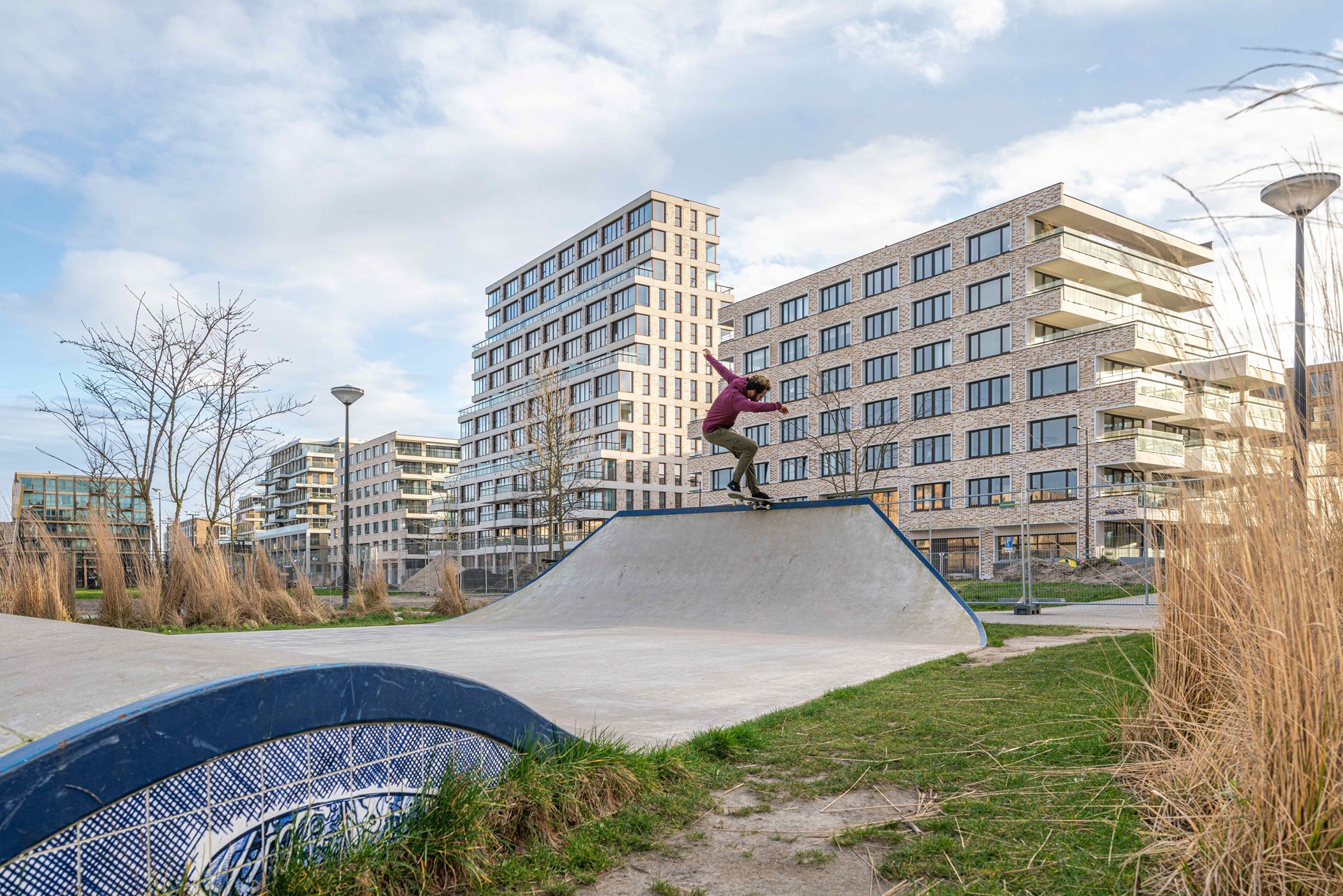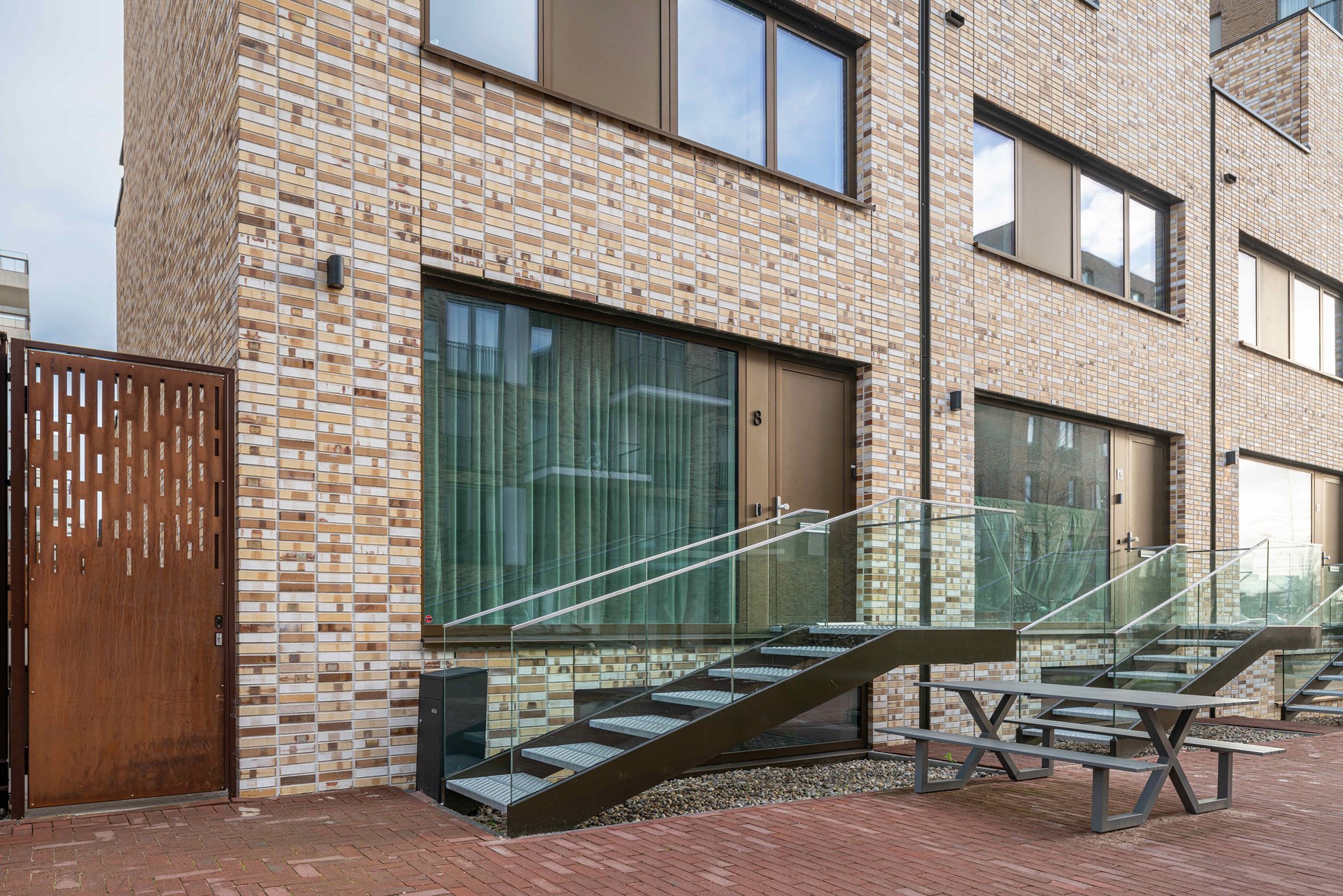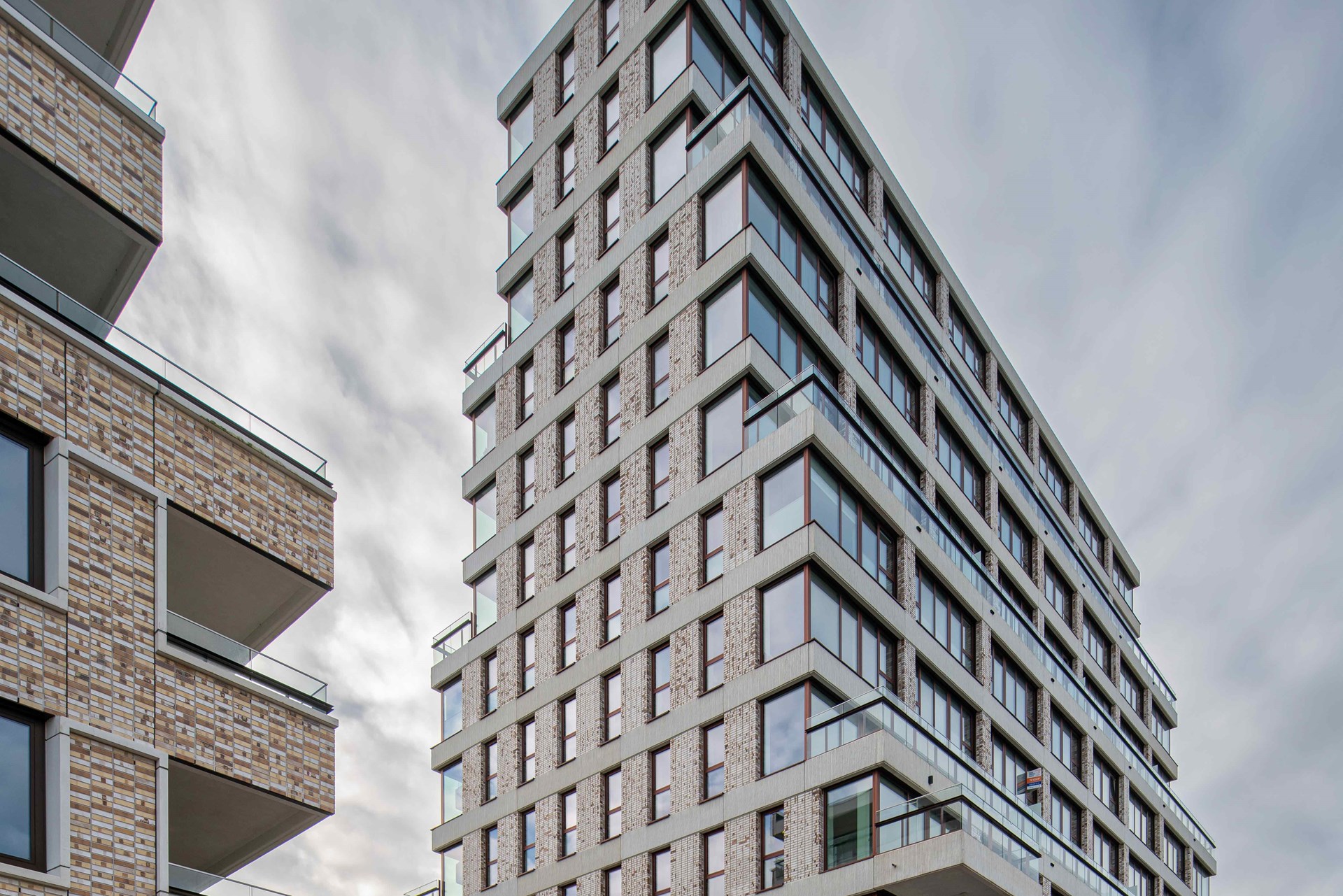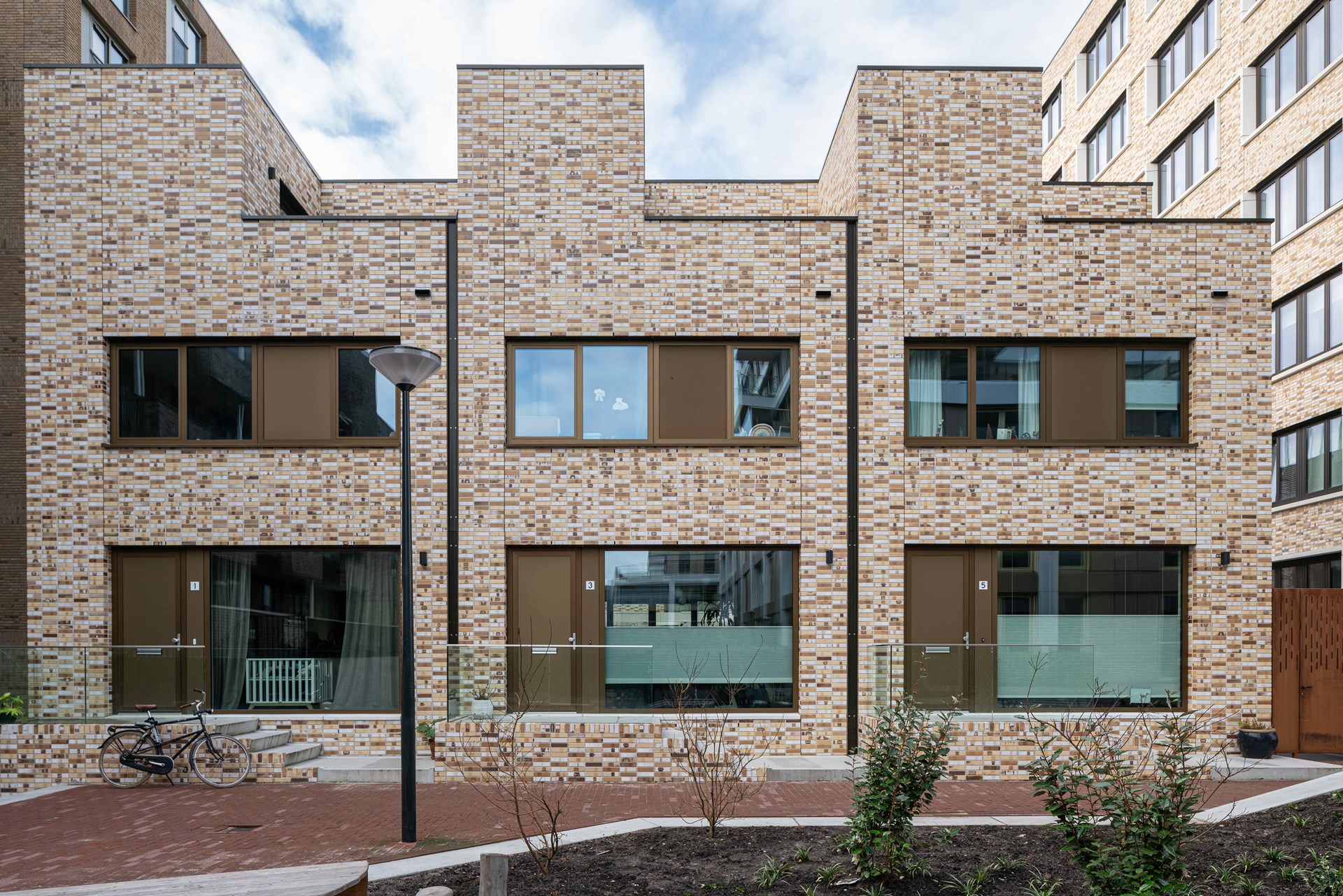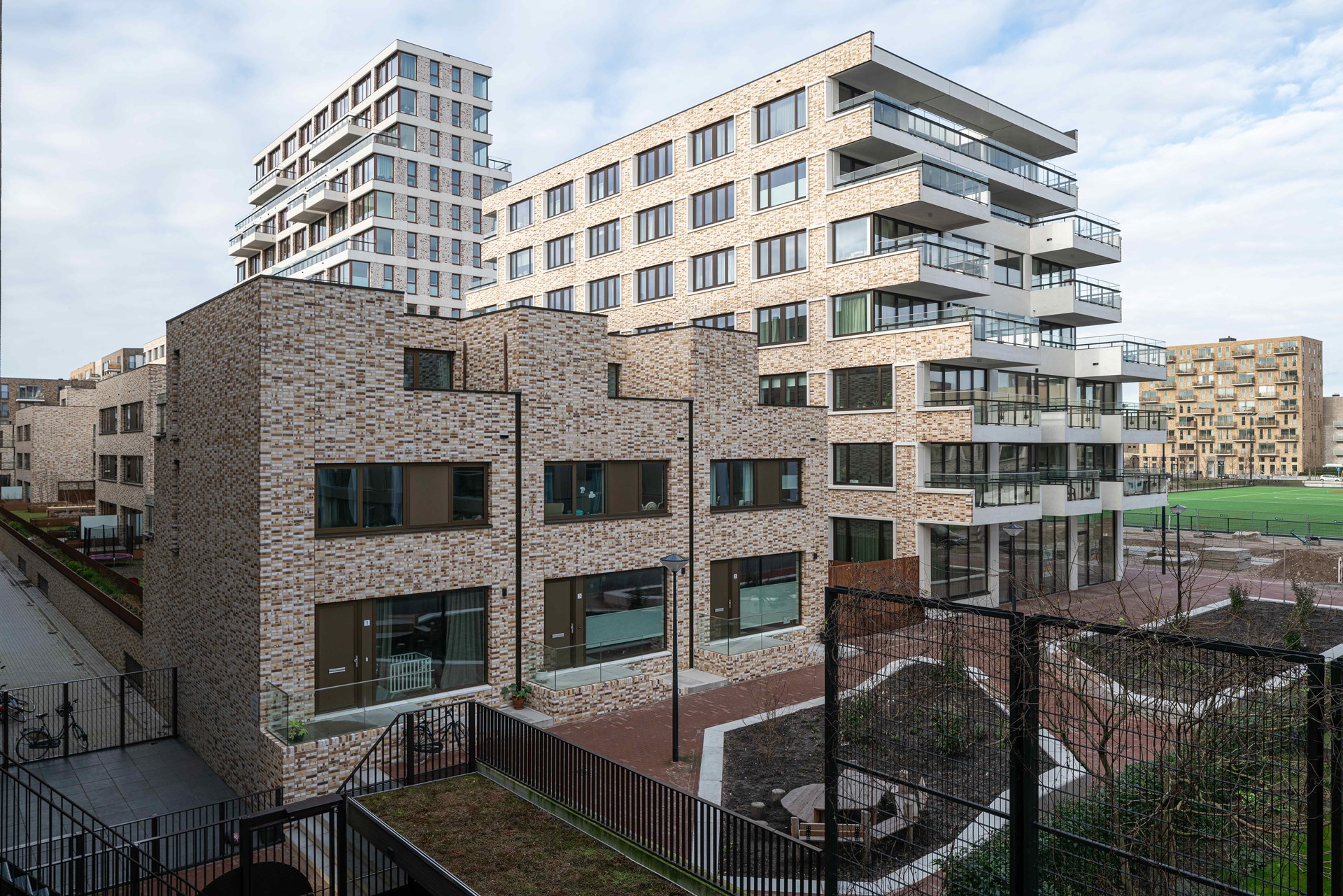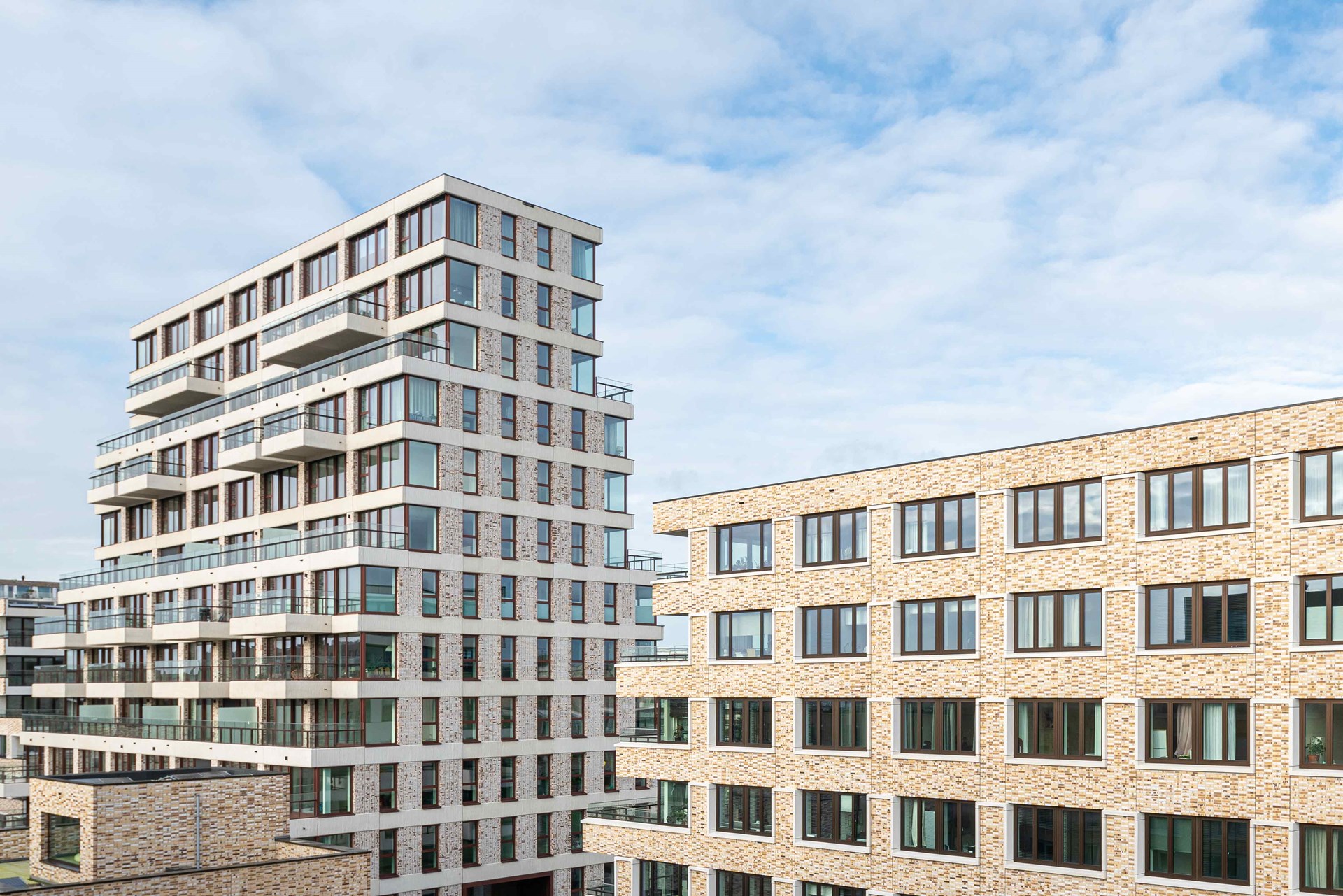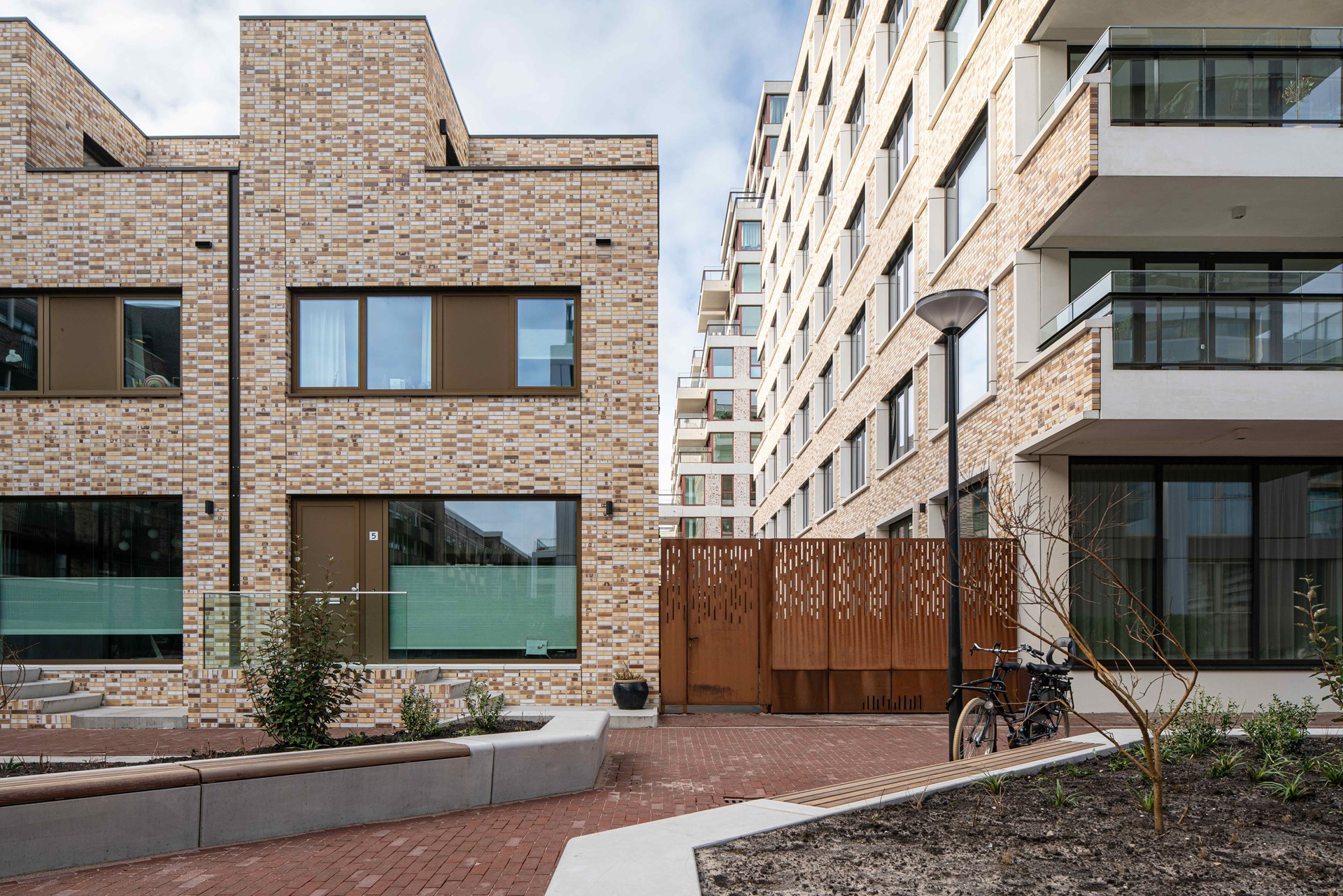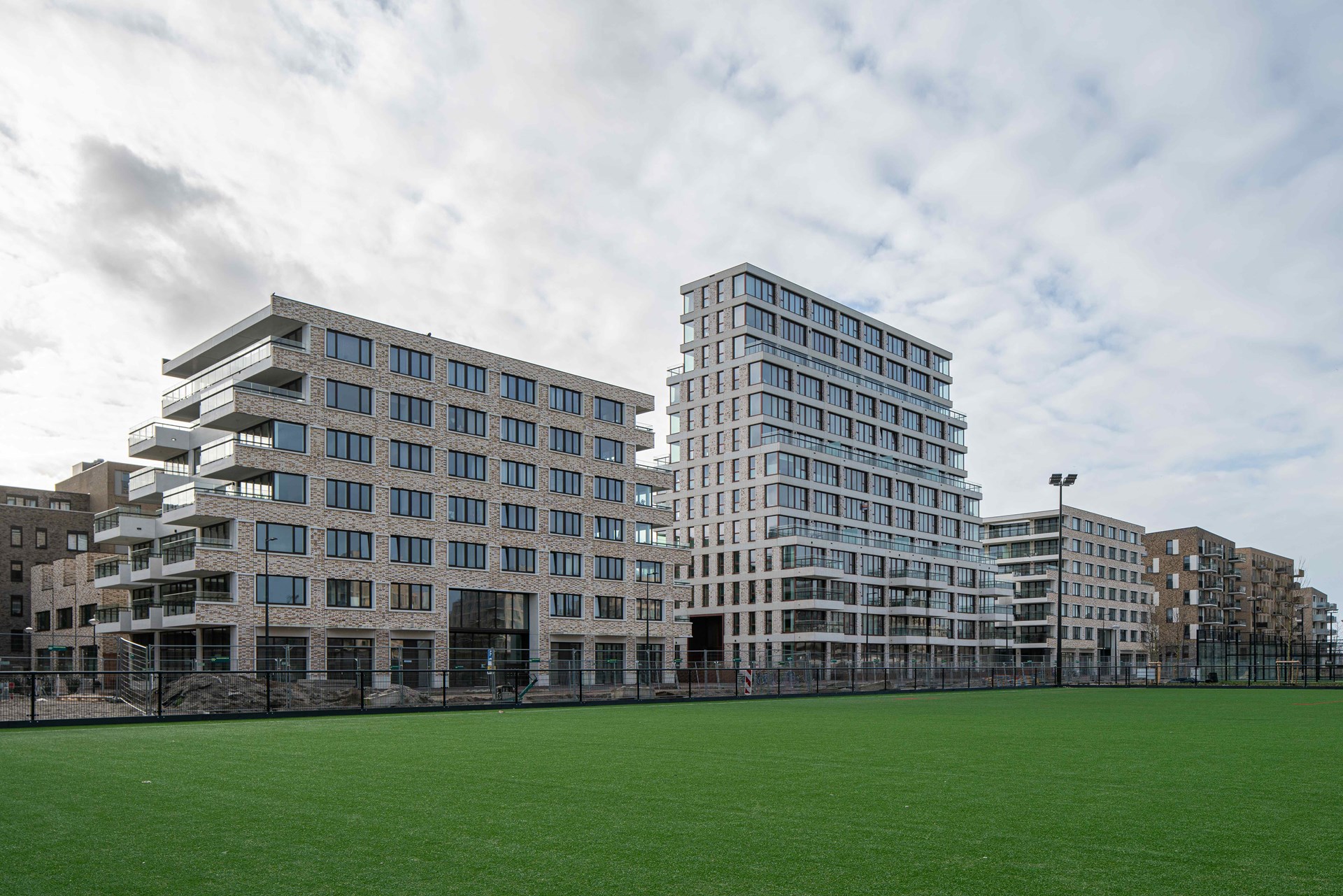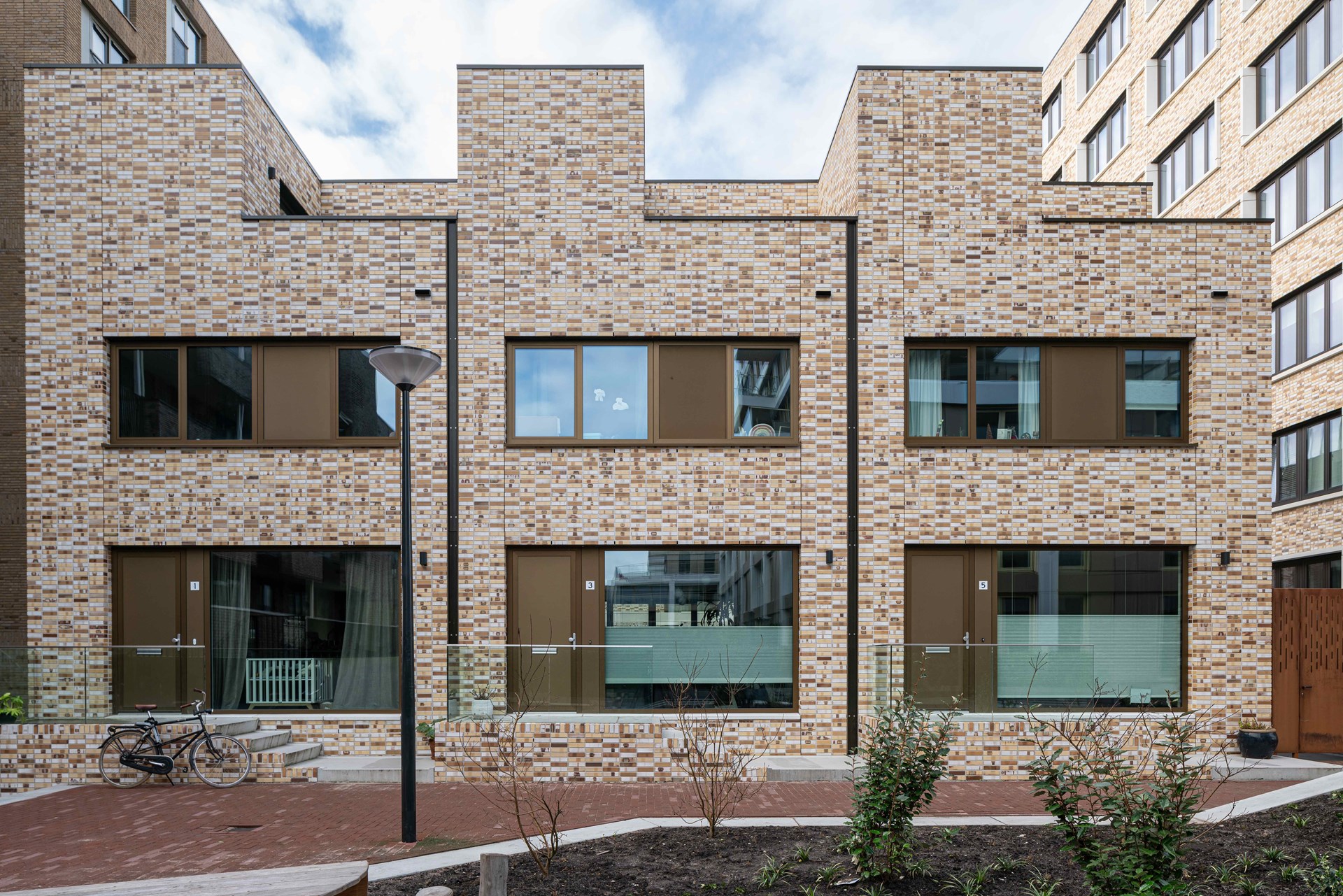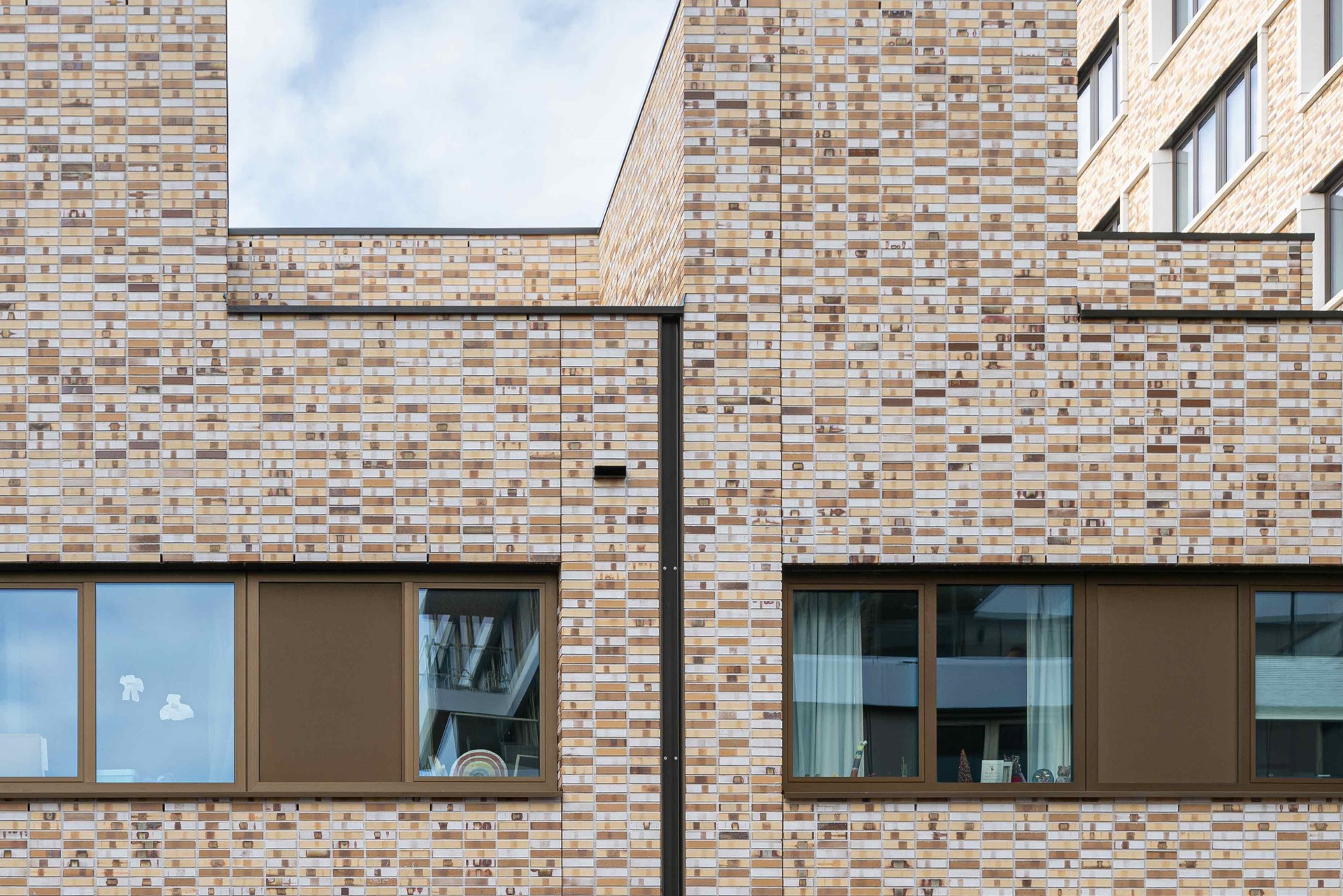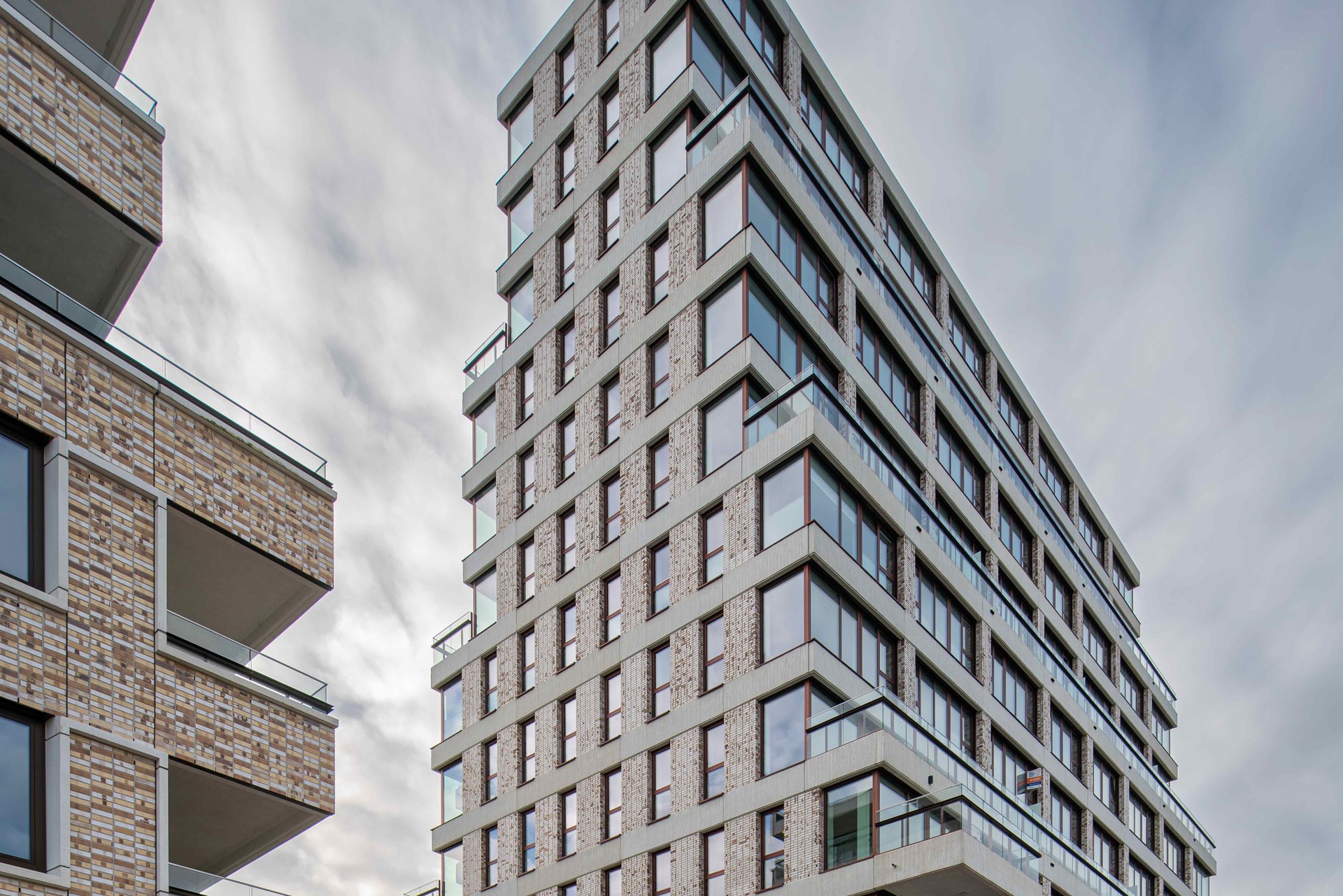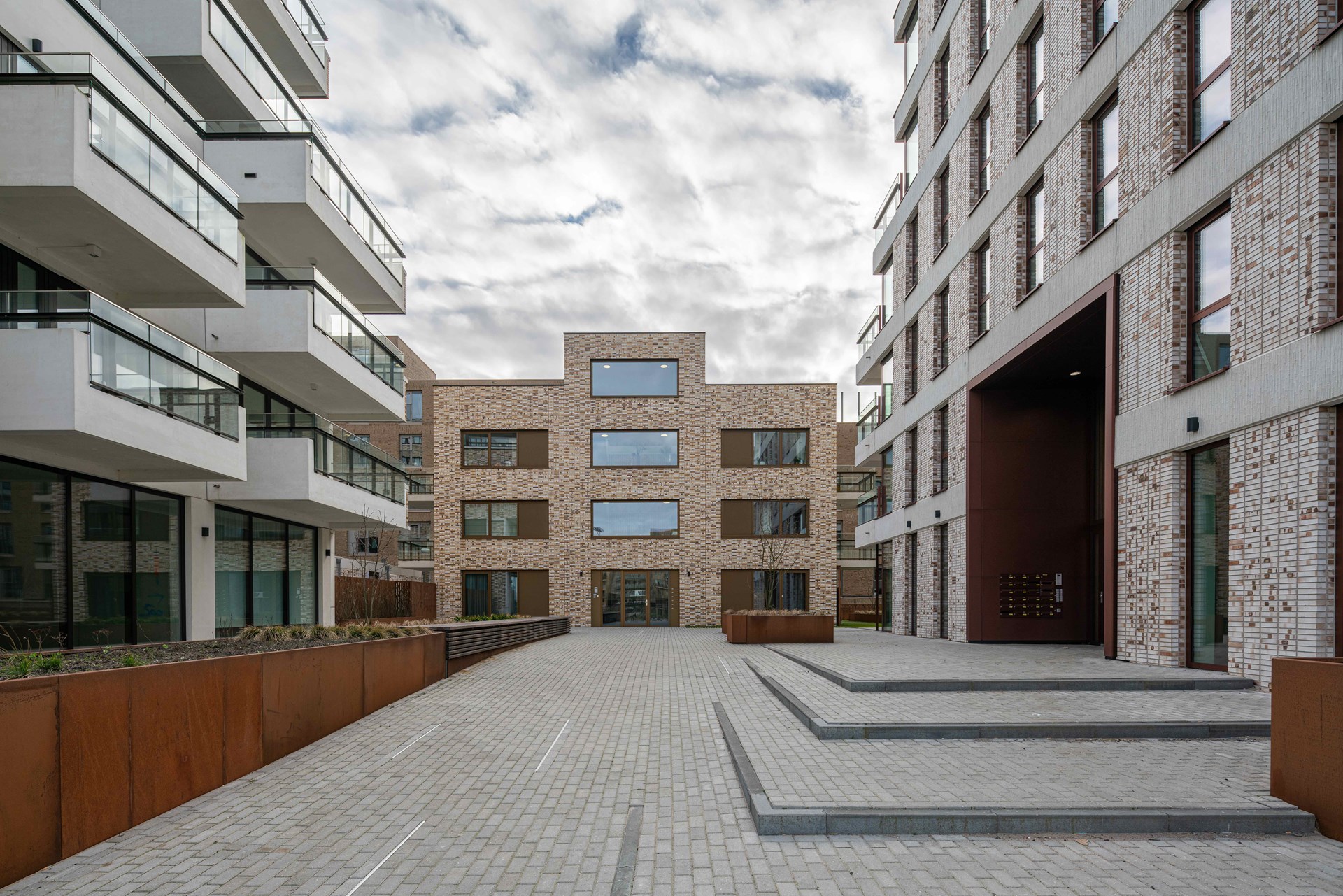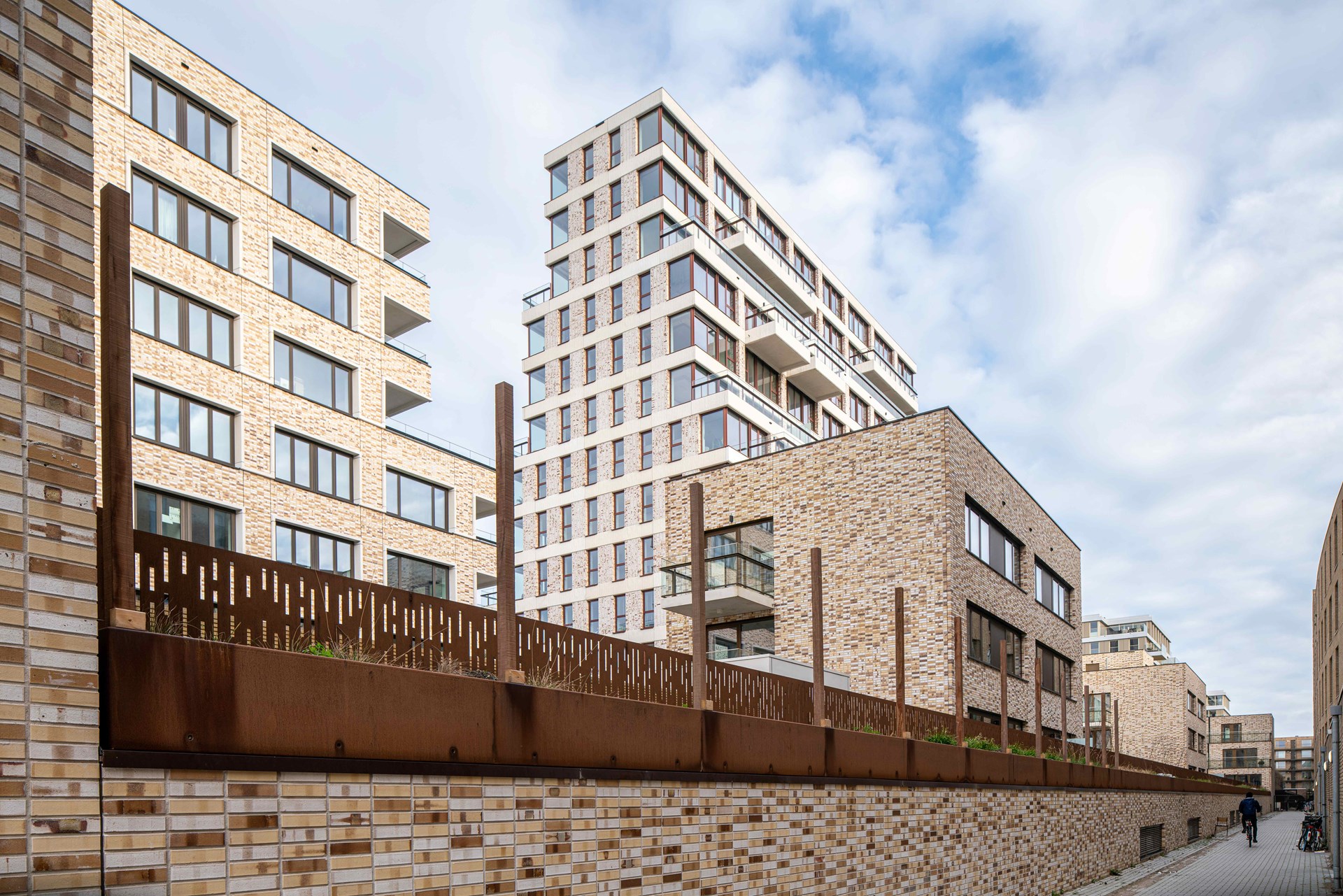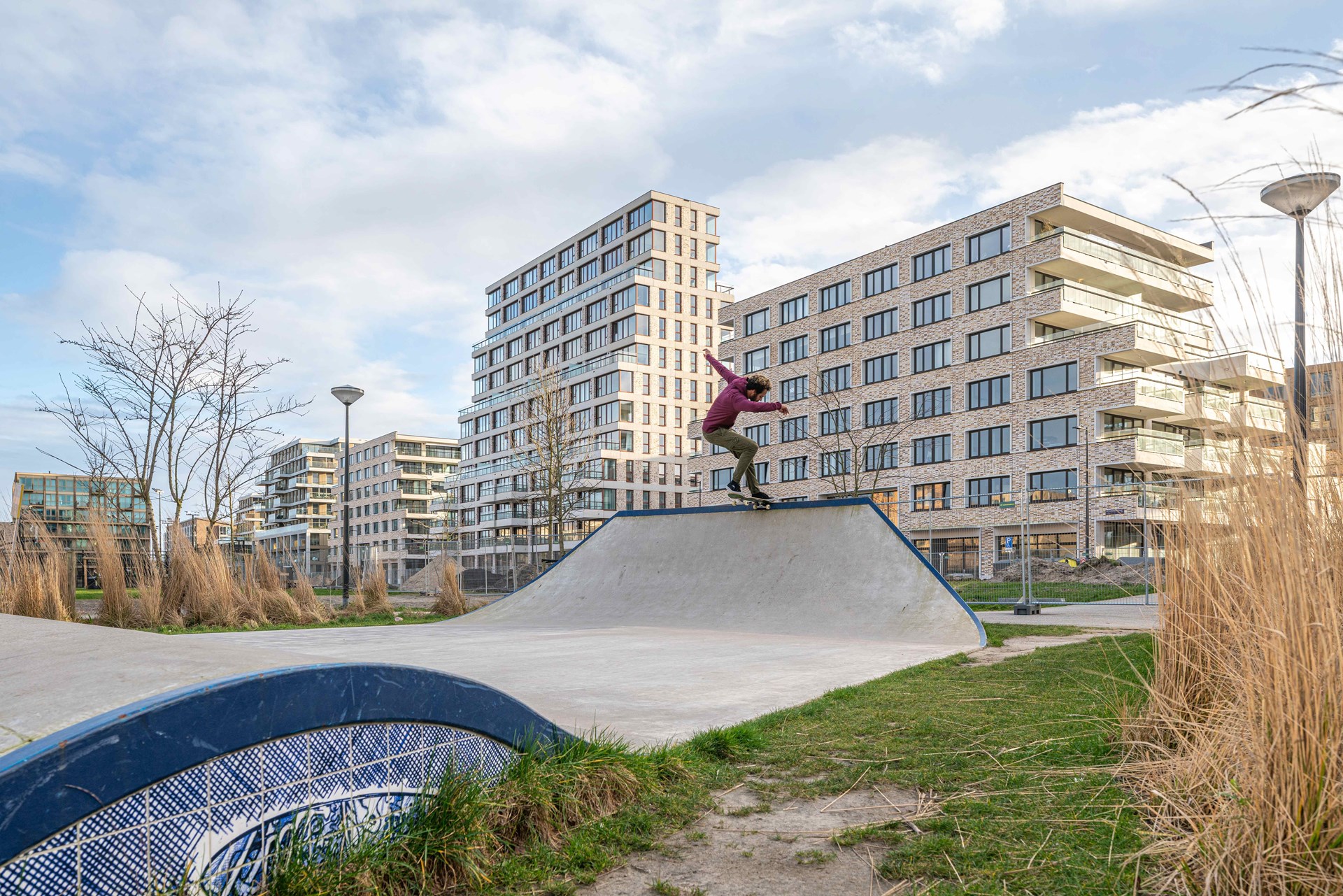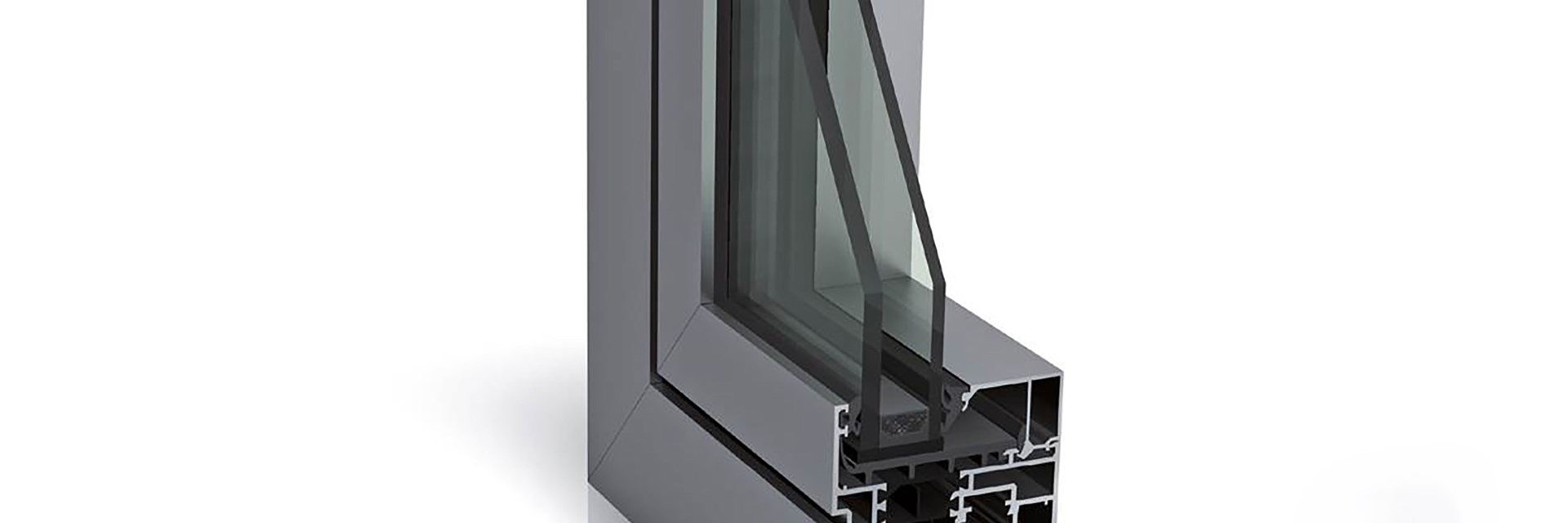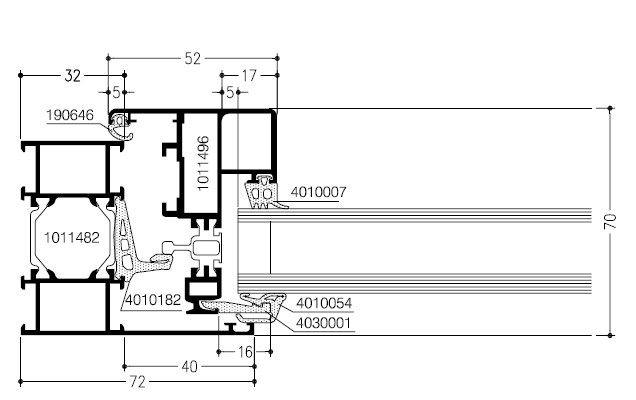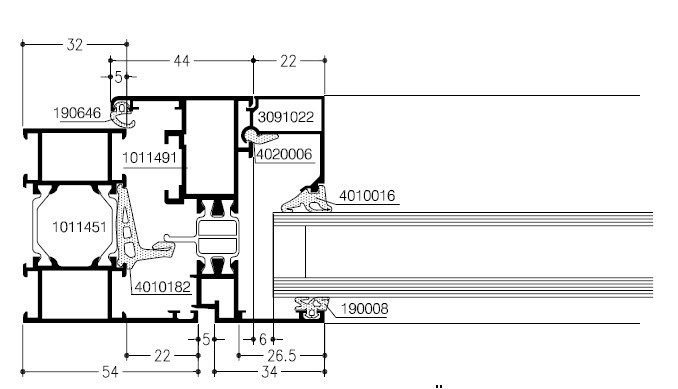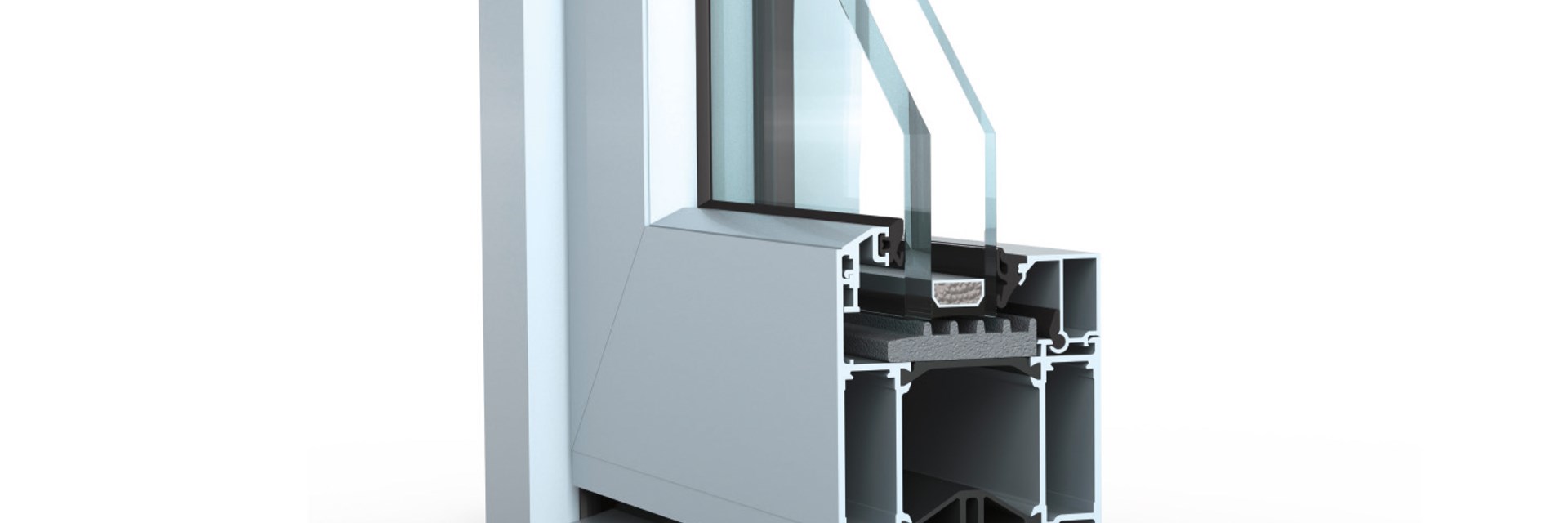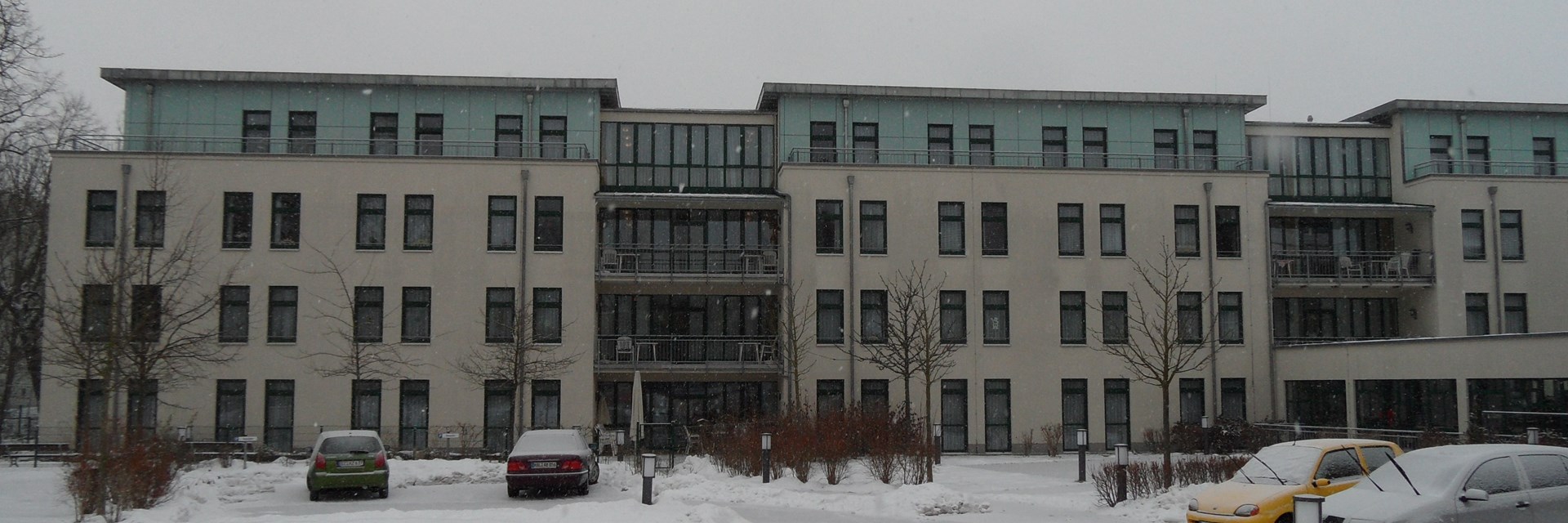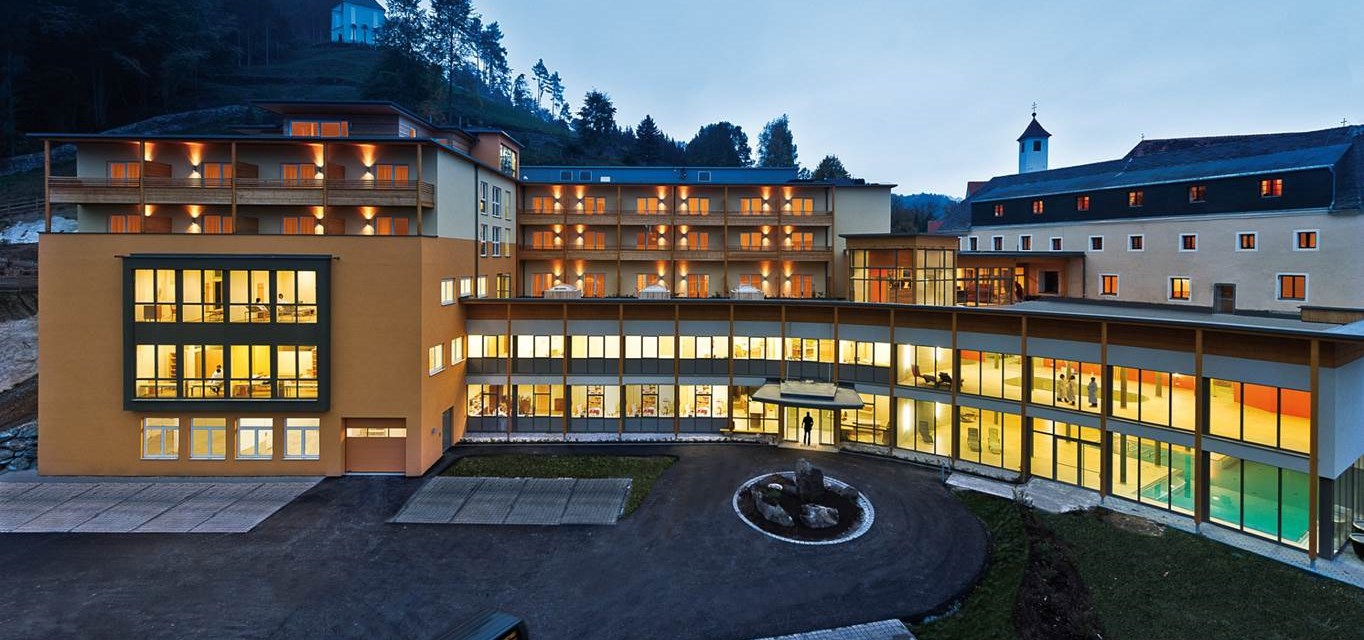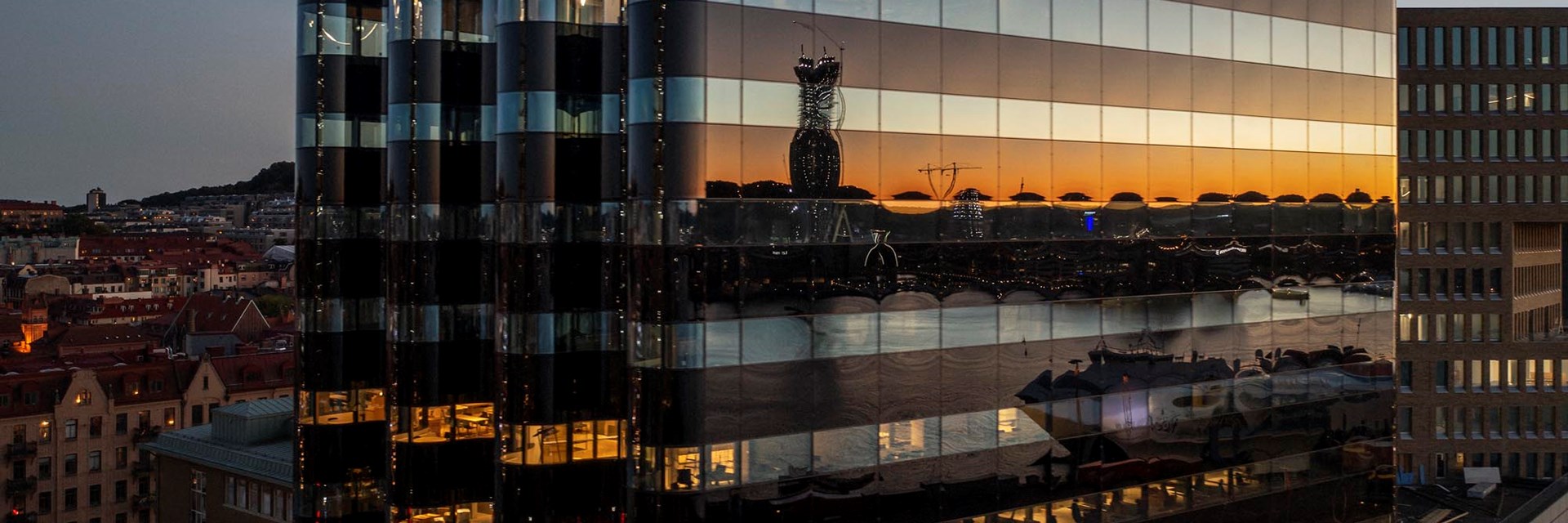PROJECT DETAILS
The “Zeeburgereiland Blok 26” project on the island of the same name in Amsterdam-Oost is a residential complex comprising 120 flats spread over seven buildings, the tallest of which has 13 floors. This central building has a striking appearance with its stepped construction. The Zeeburgereiland is located very centrally, close to the centre of Amsterdam. Surrounded by water in a relaxed urban atmosphere. Where living, working, education, sport and recreation go hand in hand.
Zeeburgereiland, centrally located
To many residents of Amsterdam, Zeeburgereiland was, for a long time, a sandy plain with three silos. However, this part of town actually has rather an adventurous past. Zeeburgereiland was the colourful extension of the city. This is where Jan Kamp’s famous hippy campsite was located. You can still find a collection of small businesses and clubs (along the canal) where the “last free artists” work.
Until 1990, Zeeburgereiland was called Eiland Zeeburg. It used to be a clearly recognisable triangular peninsula in the IJ, surrounded by dykes. The construction and raising of dykes in the 19th century created a triangular basin in which the sludge dredged up from the Amsterdam harbours and others was deposited.
In around 1910, it became a military base, serving first as a training ground, until the land was reinforced to support a military airfield: the Schellingwoude Naval Air Station. In 1940, the Germans expanded the site into a base for the Luftwaffe, with bunkers, ammunition storage and anti-aircraft artillery.
Colourful character
After the war, the area continued to serve as a military base. In the 1960s, Zeeburgereiland became easily accessible thanks to the construction of several bridges, and all sorts of workshops, companies, clubs and activities sprang up, which – according to an article in Ons Amsterdam – “were not welcome elsewhere”. And that’s how Amsterdam acquired a colourful, lively suburb.
Zeeburgereiland Blok 26
The three large buildings face the park. Along the sides of the block, there are (play) streets with single-family homes. Between the three tall buildings are two courtyards featuring two “portiek” apartment buildings with shared vestibules.
There is a clear division between public and private: the block has a public outer contour, with exclusively private gardens inside. Courtyards located in the intervening space are used for access to the adjacent buildings and gardens. Underneath the gardens is an underground basement with about 100 parking spaces and storage facilities for the apartments.
On the ground floor, adjacent to the park, there are commercial spaces that are largely dedicated to the concept of “shared living environments” in which living together and sharing are central to the entire neighbourhood.
At the corners of blok 26 are two terrace blocks. All units in these buildings have a view of the park. The complex culminates in a high point at its centre: this block reaches a height of exactly 40 metres from ground level and has a series of setbacks in its height to accentuate its volume. The steps in this block are set at an angle from those of the corner blocks.
Behind the first row of buildings adjacent to the park, there are two compact “portiek” apartment buildings and two short rows of single-family homes. The apartment buildings share a roof terrace. The single-family homes have a large living area on the ground floor and two smaller sleeping levels above it. There are spacious gardens and roof terraces on the first and second floors.
Together, the seven buildings form a rich, layered composition. The cheerful, sculptural character is supported by the choice of materials and colours. Six of the seven buildings feature an equal mixture of bricks in various shades of yellow. The large corner buildings have a white concrete frame around the windows (different in both buildings) and balcony façades made entirely of light concrete. The smaller buildings have similar brickwork, without the concrete accent. The central building has distinctive bands of white concrete with a bamboo motif, creating a beautiful effect when floodlit. The building is constructed of white stone with pink and red accents. The whole complex forms an exciting addition to the neighbouring “Smiley” block and the other buildings in the Sportheldenbuurt neighbourhood.
